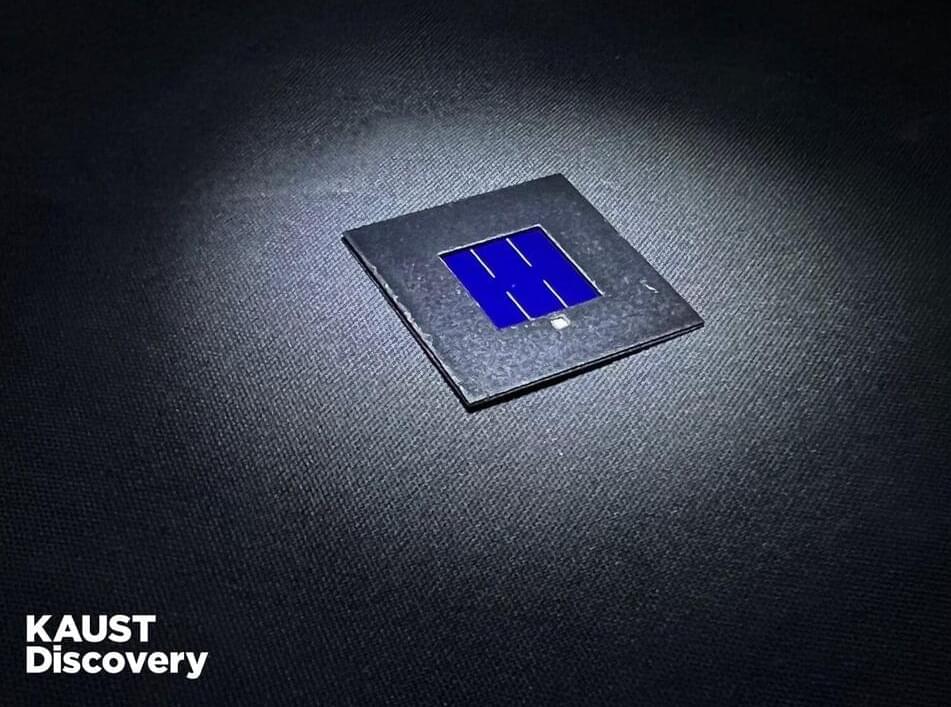Inserting a metal fluoride layer in multilayered perovskite-silicon tandem solar cells can stall charge recombination and enhance performance, KAUST researchers have found.
Tandem solar cells that combine perovskite and silicon-based subcells in one device are expected to better capture and convert sunlight into electricity than their conventional single-junction silicon analogs at a lower cost. However, when sunlight strikes the perovskite subcell, the resulting pairs of electrons and positively charged holes tend to recombine at the interface between perovskite and the electron-transport layer. Also, a mismatch between energy levels at this interface hinders electron separation within the cell. Cumulatively, these problems lower the maximum operating voltage available, or open-circuit voltage, of the tandem cells and limit device performance.
These performance issues can partially be solved by introducing a lithium fluoride layer between the perovskite and electron-transport layer, which usually comprises the electron-acceptor fullerene (C60). However, lithium salts readily liquify and diffuse through surfaces, which makes the devices unstable. “None of the devices have passed the standard test protocols of the International Electrotechnical Commission, prompting us to create an alternative,” says lead author Jiang Liu, a postdoc in Stefaan De Wolf’s group.










Comments are closed.